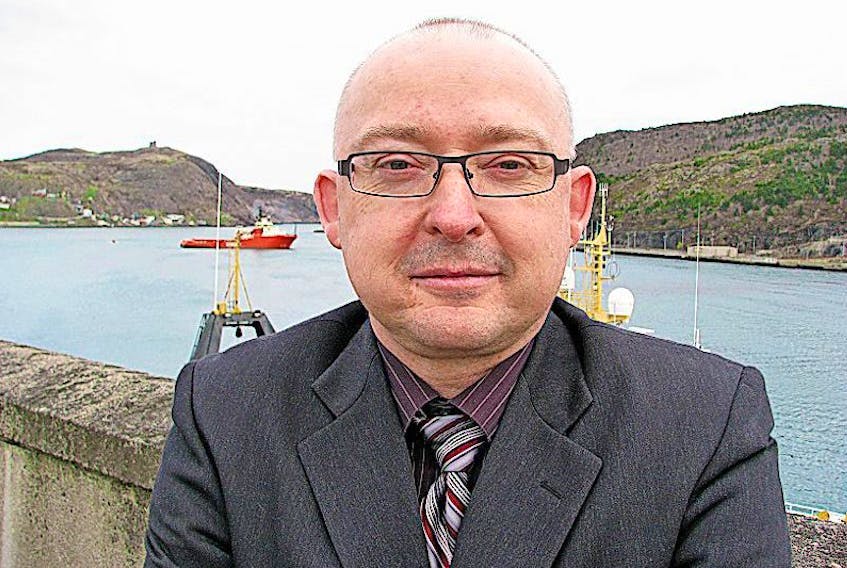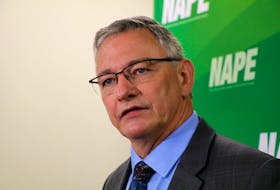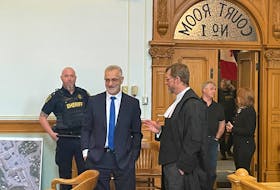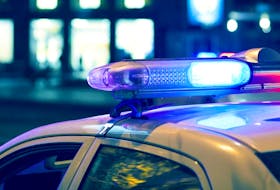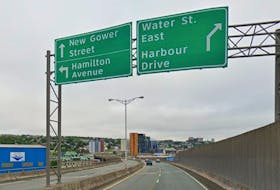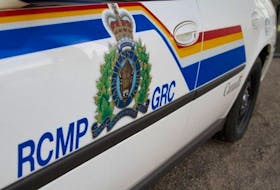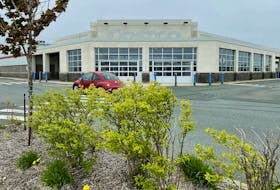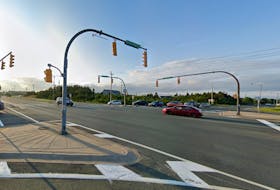If video cameras are to be installed and used in schools and on school buses in the province, the purpose for each individual camera must be identified under the Access to Information and Protection of Privacy Act, 2015 (ATIPPA, 2015), a recent report points out.
Failing to do so is breaking the law, according Information and Privacy Commissioner Donovan Molloy.
In addition, when cameras are to be used, detailed policies and procedures should be developed to outline the proper process for the creation, destruction, viewing and storage of confidential information.
Molloy on Thursday released his office’s audit report on “The Use of Video Surveillance in Schools and on School Buses Under Authority of the Access to Information and Protection of Privacy Act, 2015.”
In the report, the issues surrounding the use of video cameras versus privacy in public places is addressed, and recommendations are made for the Newfoundland and Labrador English School District as it deals with how to justify the installation or upgrading of video surveillance systems in schools and on school buses.
“(ATIPPA, 2015) limits the capacity of public bodies’ to collect and use personal information in order to ensure the public’s right to privacy,” Molloy writes in the report.
“Video surveillance is becoming more and more prevalent in today’s society and continues to erode our privacy. Many have become desensitized to its presence, assuming that someone is always watching or recording what we do. The implications of constant surveillance, especially ubiquitous surveillance of our children, are deserving of further research.”
Molloy noted that to protect students in schools and on school buses, video surveillance might have a role to play alongside other initiatives.
“While there are times that the use of video surveillance is justified, it should always be one of a number of alternative initiatives considered and/or implemented to address the issue at hand,” he said. “During the course of this audit, for example, some schools documented alternate activities extremely well, including an entire school community, including parents and students, being re-educated on behavioural expectations, and trained school prefects monitoring the school during the day. Less privacy-invasive options must always be considered and explored before resorting to video surveillance.”
In fact, the report states further that, “When cameras are used, the act requires that a clearly defined purpose be identified. Evidence and documentation to support the need for surveillance are required, including: specific incidents tied to each camera location to justify the use of each individual camera, and details of alternatives considered and implemented prior to the camera use.
“Such documentation must be a living document, changing as needs arise and kept up to date. Anecdotal data is insufficient. Schools need to keep records of incidents of concern and track frequency before and after any preventative measures. We hope that the district will use this audit as an opportunity to continue its evaluation of currently installed video surveillance systems to ensure that it has the authority, under the ATIPPA, 2015, to collect personal information via every camera/system operating in its schools. The district is legally obligated to cease collecting personal information if camera use cannot be justified.
“We hope that students, parents and school associations will engage with the district in exploring the root causes of issues and the consideration of graduated responses to resolve problems that exist. The safety of students and staff is paramount. While video surveillance may sometimes be necessary to achieve that result, considerations must include interim responses that least impact privacy.”
Among the recommendations made and accepted by the school district in the report are: that the school district work with the Department of Education and Early Childhood Development to develop appropriate contractual language regarding video surveillance on buses and incorporate that into contracts starting in the 2019-20 school year; the school district develop further guidance regarding appropriate access to personal information collected using video surveillance to better ensure that the minimum number of people necessary have access; and that the district identify and obtain appropriate software, or identify a third-party service provider, to block or blur identities of bystanders prior to disclosing videos other than to a law enforcement agency or in response to a summons, court order or other legal compulsion.
“Although the (school district) had a number of safeguards in place, areas of non-compliance were identified during the course of the audit,” Molloy said. “This office is pleased that the (school district) has accepted all recommendations in this report and has started on implementation.”

